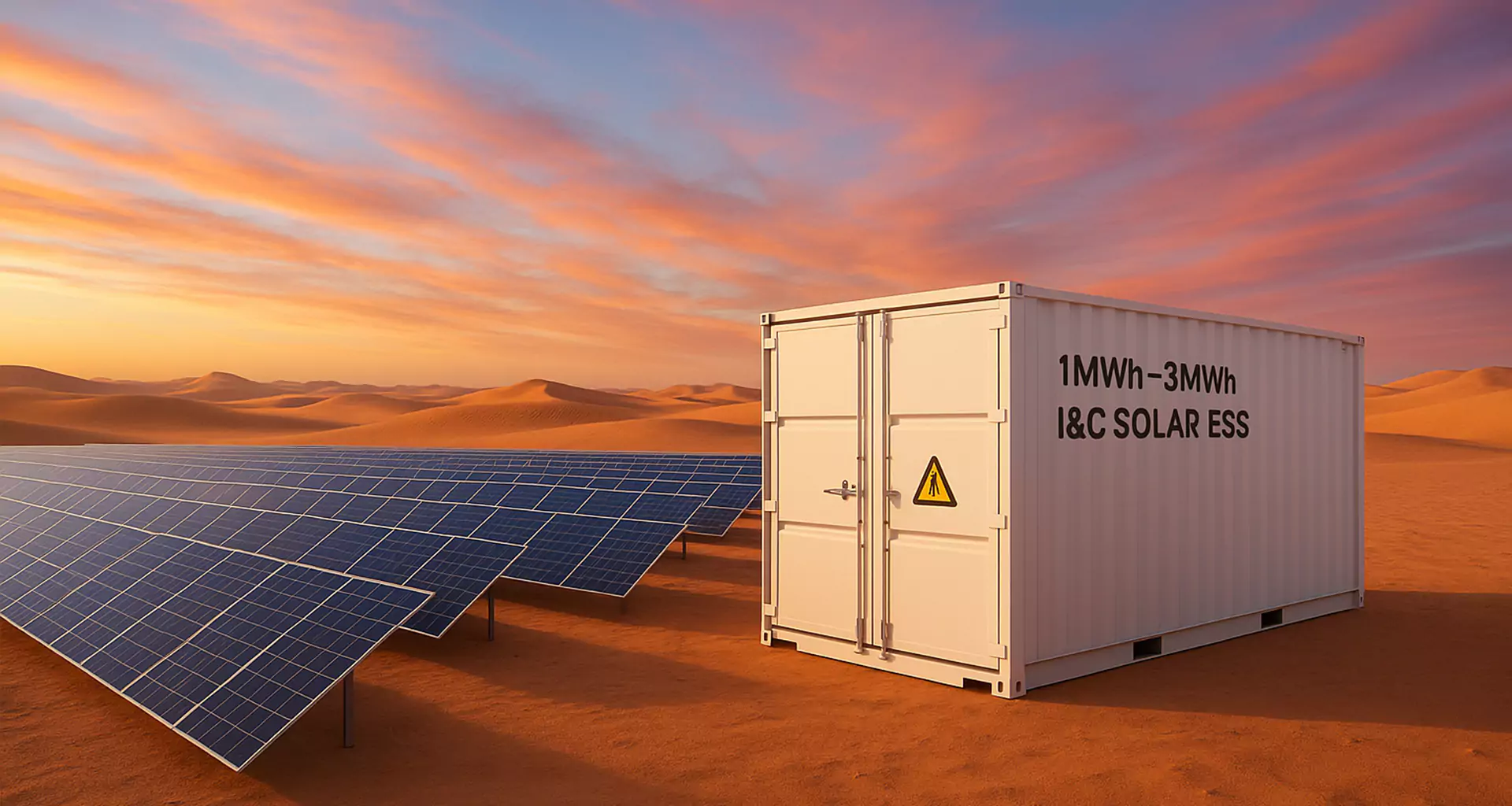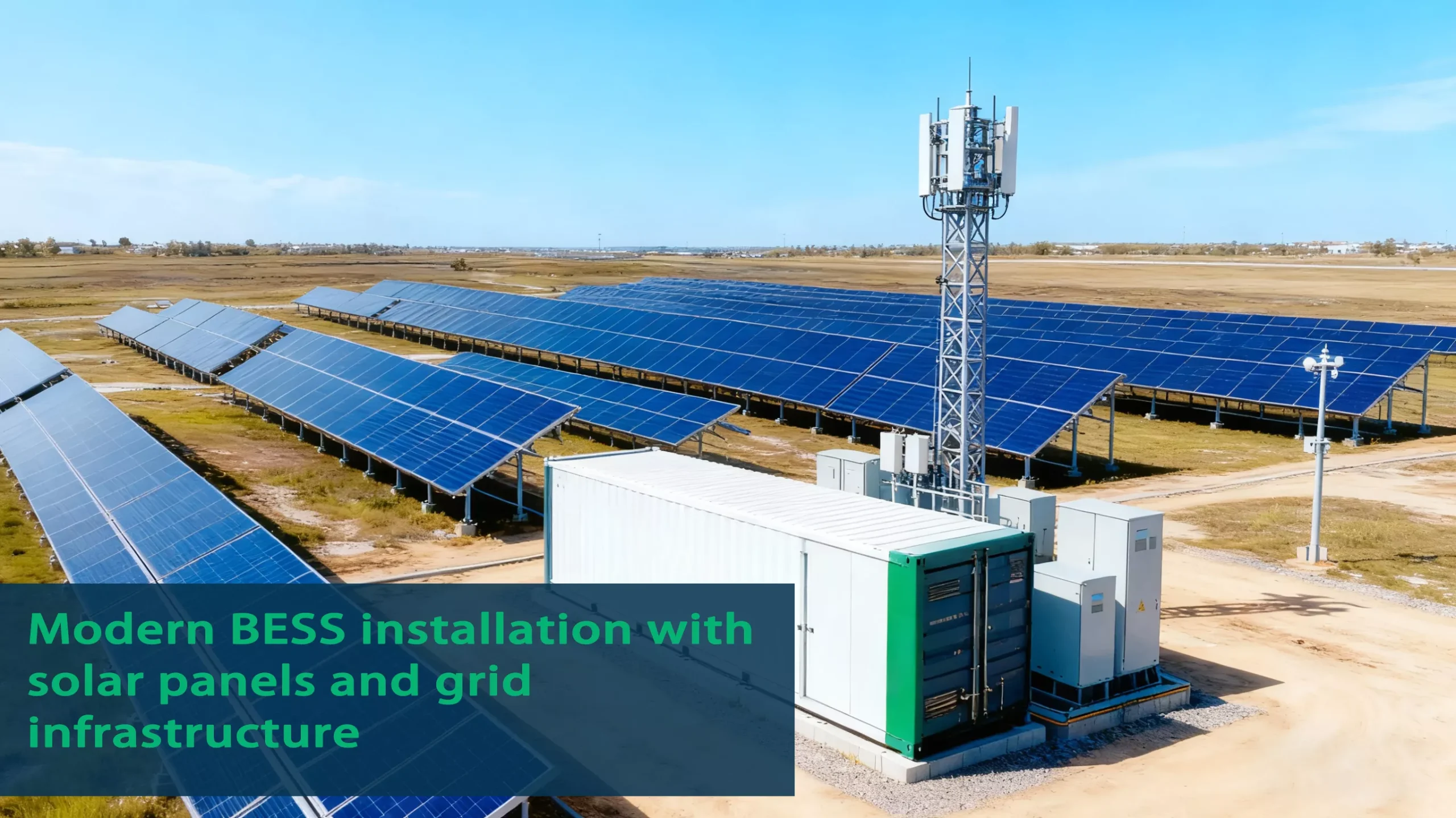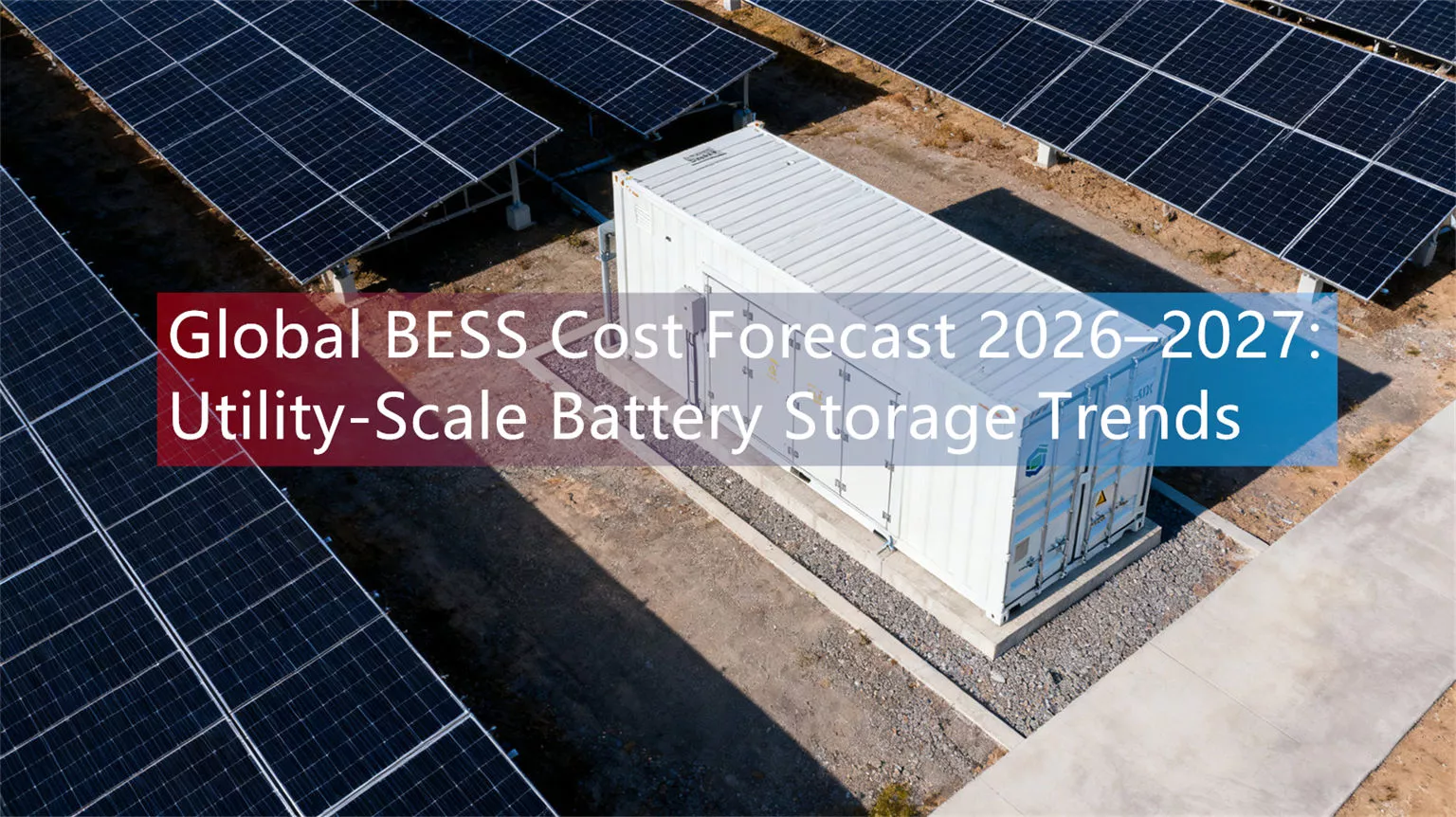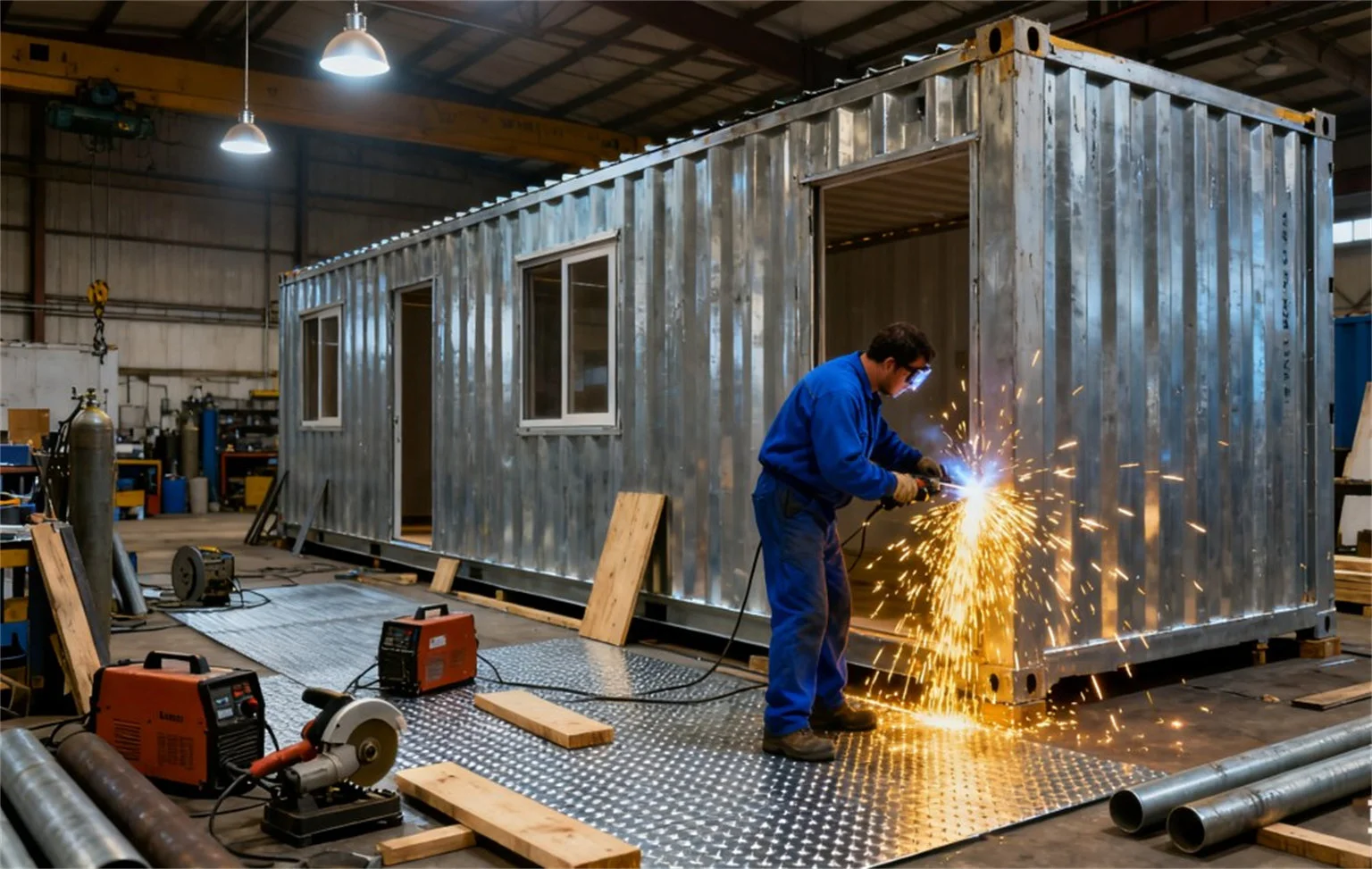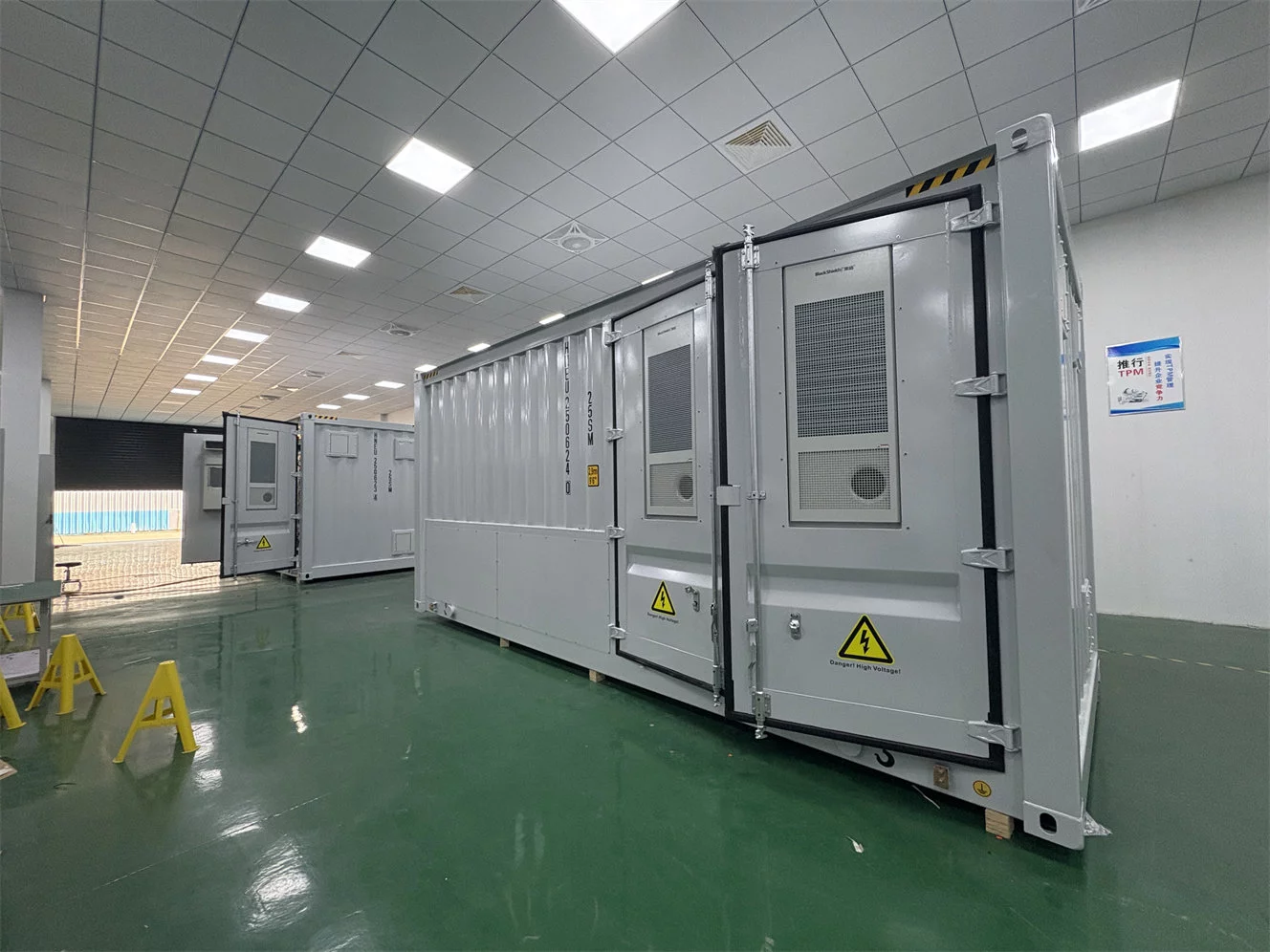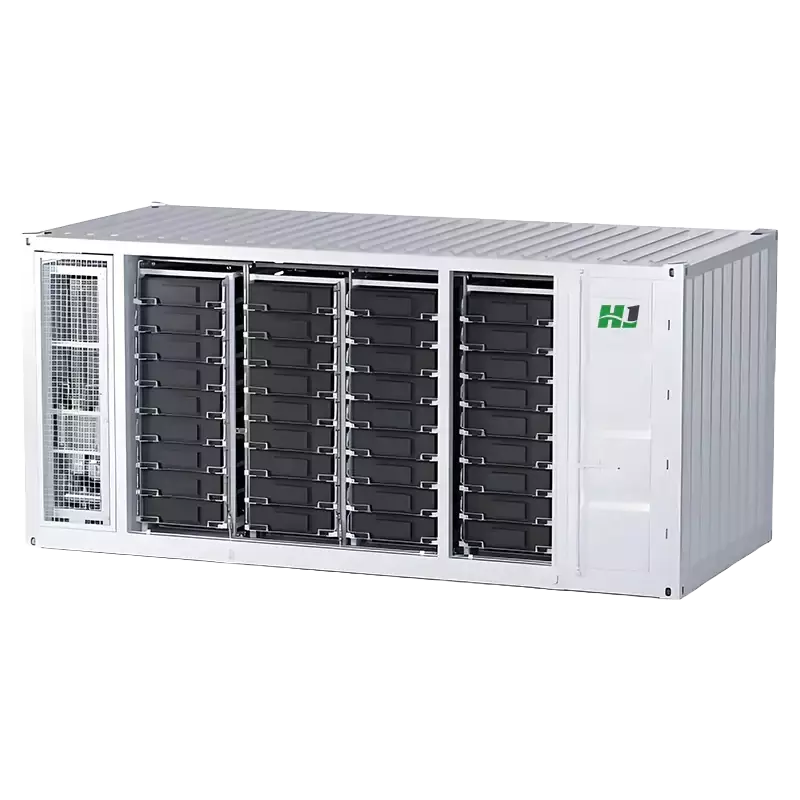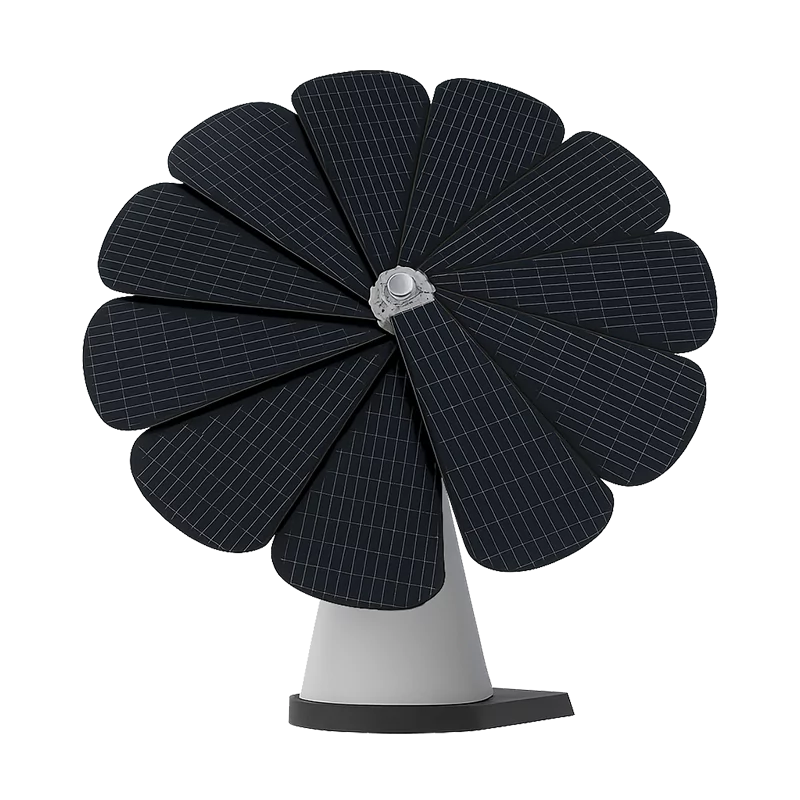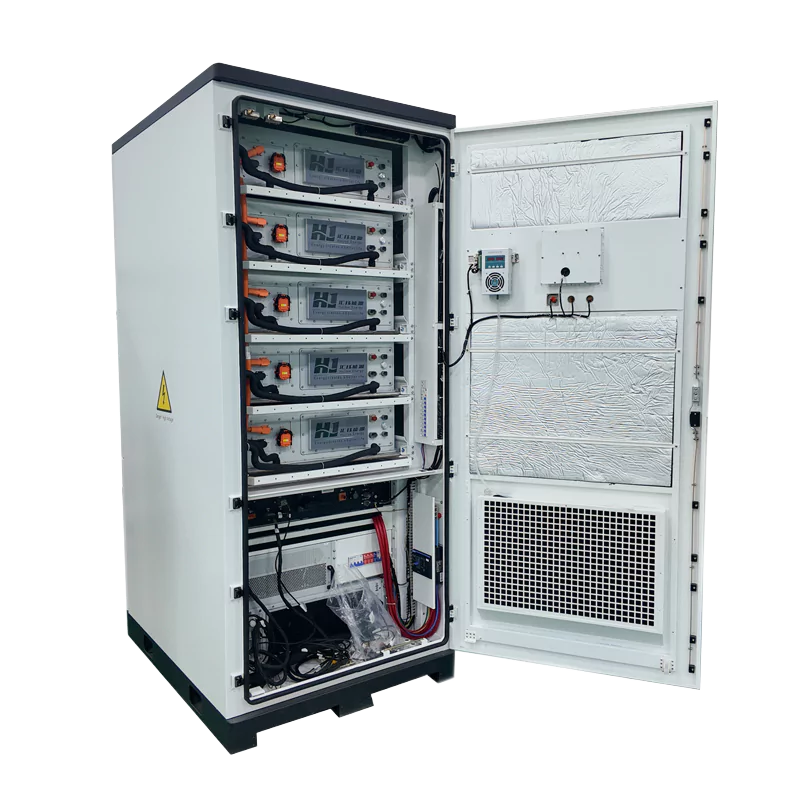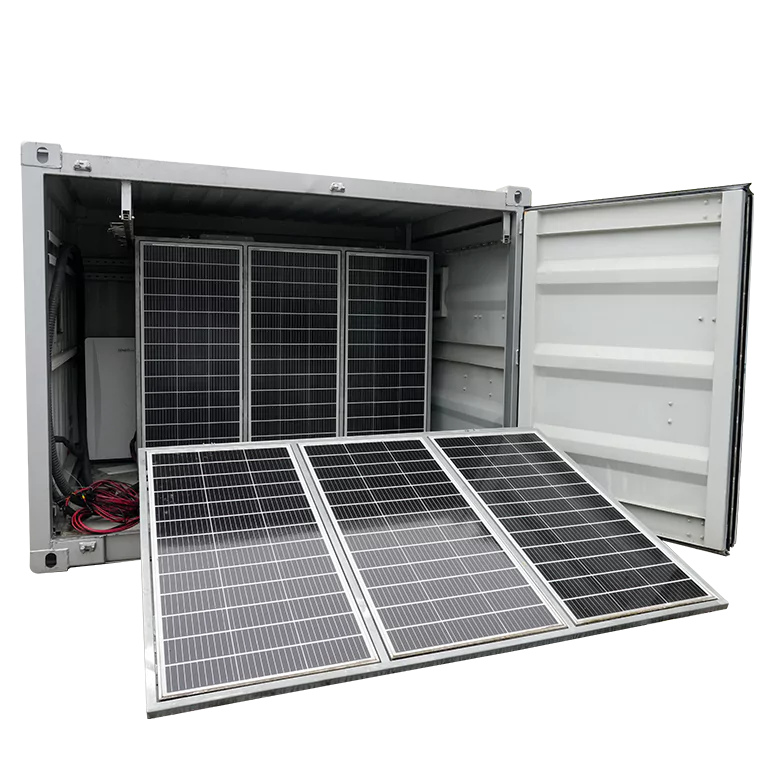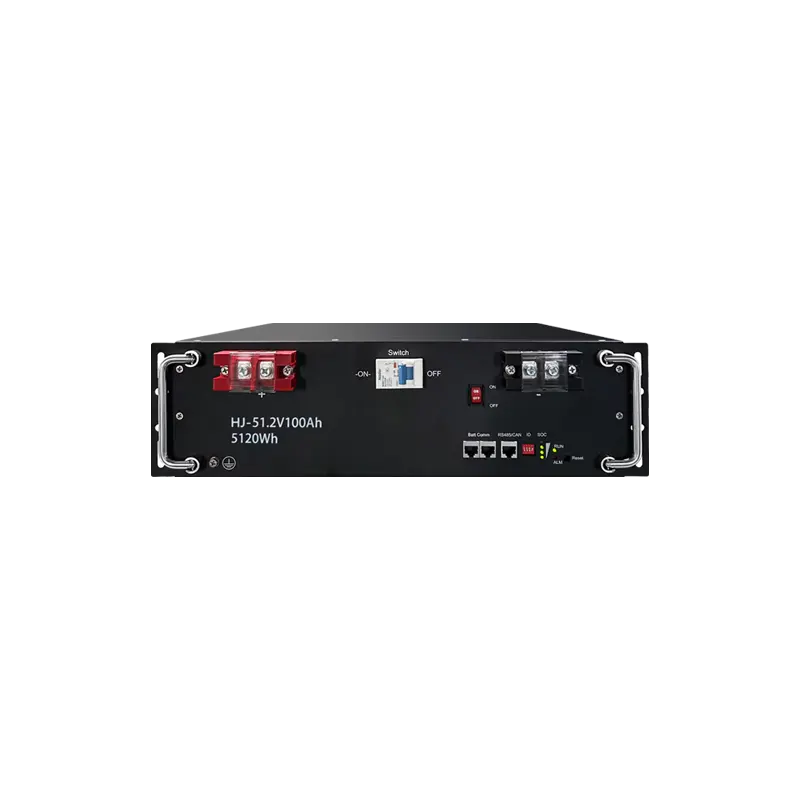Smart Energy Solutions for 5G: Integrating Solar Power and Battery Storage at BTS Sites
As 5G networks swiftly enlarge worldwide, strength consumption at 5G Base Transceiver Stations (BTS) is turning into a developing concern. Compared to 4G, 5G BTSs devour 2–3 instances extra electricity, with annual strength consumption exceeding 40,000 kWh per site. This locations tremendous strain on telecom operators in phrases of strength costs, operational reliability, and carbon emissions.
Traditional energy furnish methods—such as grid strength blended with diesel generators—are increasingly more considered as costly, polluting, and unsustainable. In response, built-in solar-storage power structures for 5G BTS have emerged as a transformative solution. By combining high-efficiency photo voltaic panels, lithium battery storage, and wise EMS manage platforms, this built-in gadget promises clean, stable, and wise electricity guide for 5G infrastructure.
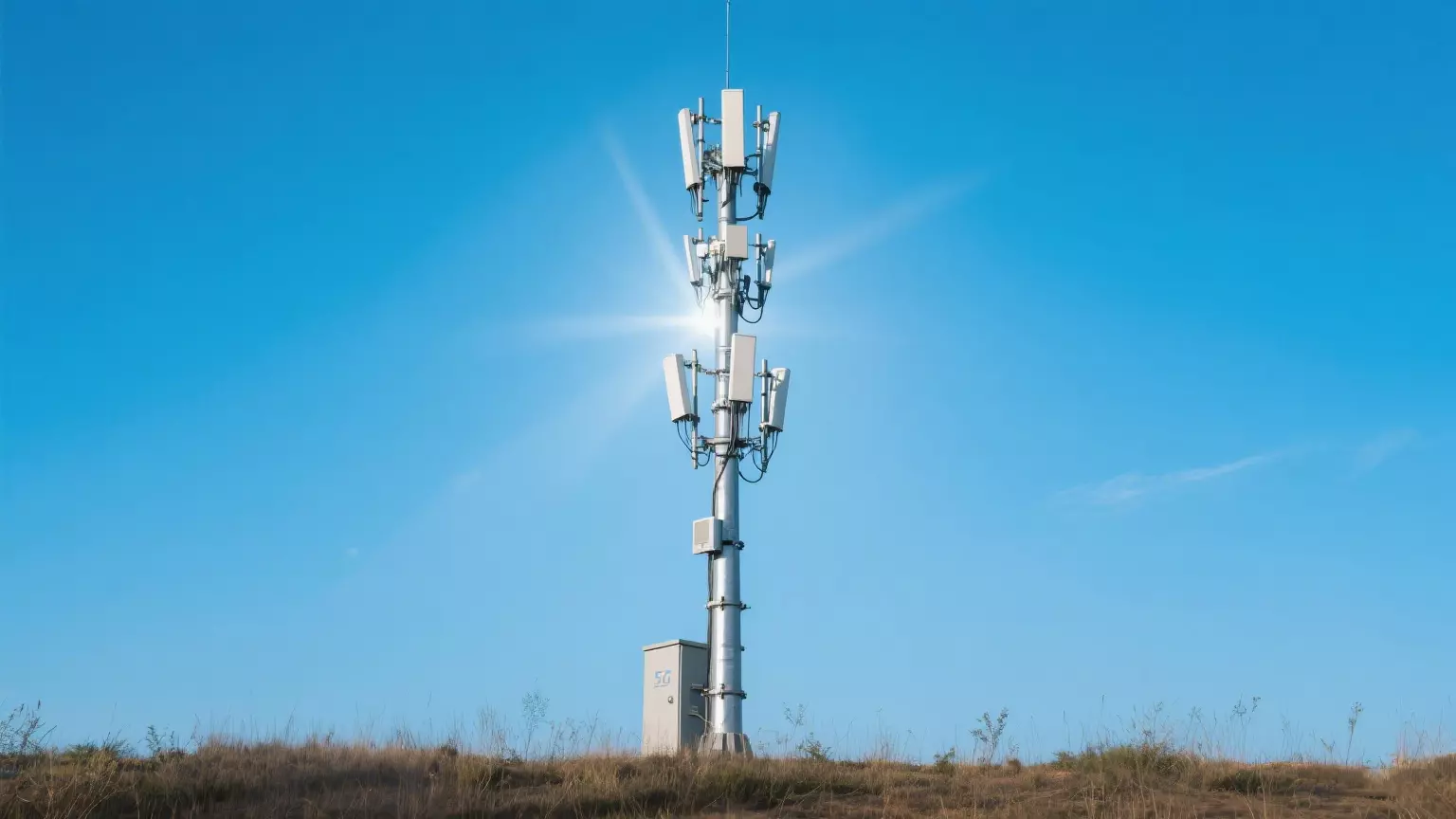
1. Industry Challenges in BTS Energy Supply
- High Power Demand: Energy consumption triples in contrast to 4G, using up electrical energy bills.
- Grid Instability: Many BTSs in faraway areas go through from vulnerable or unreliable grid coverage.
- Environmental Pressures: Diesel turbines make contributions closely to carbon emissions, conflicting with carbon-neutral goals.
In China alone, over 2.2 million 5G BTSs eat billions of kWh annually. Energy value manage and inexperienced transformation have come to be twin priorities.
2. System Architecture of 5G Solar-Storage Integration
A. Solar Power Subsystem
- Utilizes high-efficiency monocrystalline panels (e.g., 545W per module)
- MPPT technological know-how with monitoring accuracy >99.5% to optimize electricity output
- Durable IP55-rated enclosures, anti-corrosion frames, and temperature-resistant factors make sure long-term outside performance
B. Battery Energy Storage System (BESS)
- Core technology: Lithium Iron Phosphate (LFP) batteries with 2000–5000 cycle life
- Supports over 12kW top masses for greater than an hour
- Intelligent hybrid configurations (e.g., lithium and legacy lead-acid) decorate flexibility and cost-efficiency
C. Energy Management System (EMS)
- Real-time forecasting and clever dispatch of generation/load
- Remote monitoring, auto alarms, unattended operations
- Multi-source coordination (solar-first, grid backup, generator fallback)
3. Key Benefits Compared
| Dimension | Traditional Power Supply | 5G Solar-Storage Integration |
|---|---|---|
| Energy Cost | High and risky | Low and predictable |
| Carbon Emissions | High (diesel, grid reliance) | Low (renewable, on-site generation) |
| Grid Dependence | Fully based | Grid-independent or hybrid |
| Maintenance | Labor-intensive | Remote, automatic |
| ROI | Long payback | 3–5 years (short and shrinking) |
4. Real-World Applications & International Case Studies
Urban On-Grid Site
Location: San Jose, California, USA
System: 5.4kW photo voltaic + 51.2V/400Ah LFP battery + EMS control
Outcome: Over $1,000/year strength savings, round 3.8 heaps CO₂ reduction
Remote Off-Grid Site
Location: Highlands of Rwanda, Africa
System: 24-panel photo voltaic array + hybrid lithium battery storage
Outcome: 5–7 days of non-stop backup, expanded insurance for nearby villages
Island BTS Deployment
Location: Palawan Island, Philippines
System: Wind-solar hybrid + battery system
Outcome: 45,000 kWh/year generated, over 40 tons of carbon saved annually
5. HighJoule’s Product Lineup for 5G BTS Power Solutions
At HighJoule, we provide a range of high-performance battery products tailored for 5G solar-storage integration projects:
- HJ-HBL Series: Modular LFP rack-mounted batteries for scalable deployment
- Telecom Backup Battery Modules: Intelligent variations with remote diagnostics and seamless EMS integration
- Mobile & Floor-Standing Units: Ideal for rapid deployment or temporary BTS power backup scenarios
6. Conclusion: The Future of Sustainable Telecom Energy
5G BTS solar-storage integration is no longer solely a technological upgrade but also a strategic enabler for attaining international carbon reduction goals and enhancing network resilience. With modular design, smart management, and renewable generation at its core, this solution is driving the next evolution of green telecom infrastructure.
At HighJoule, we are committed to powering this future with world-class battery systems, customized energy solutions, and professional implementation support.
Visit our BTS Energy page or contact us to discuss how we can assist with your next 5G BTS Energy deployment.
Find Your Solar + Battery Storage Specialist Now!
* Fill out this form and our experts will help you find the perfect solar storage solution for your home or business.


